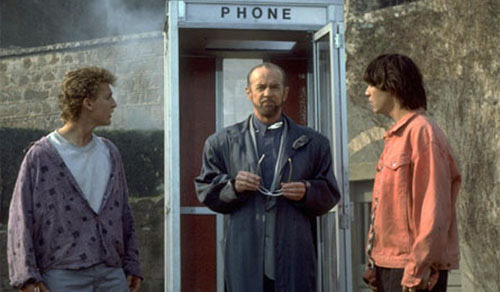
The concept of time travel is, in itself, quite fascinating. The subject of thousands of science fiction books and movies, the idea of being able to zip through time is, indeed, quite intriguing — but not entirely possible. Well, at least not in the way in which it’s depicted on television. However, not much, theoretically, is preventing a mere notion form turning into reality; after all, no law of physics exists that precludes time travel.
We, in a sense, are constantly moving through time. The future becomes the present — if only for a second — and the present quickly turns into the past. So, technically speaking, we are time travelers; we just don’t have much control over the way in which we do such traveling (read: we’re not Doctor Who). Of course, this is all very simplified, but, in order to properly explain such an intricate concept as time travel and, by extension, time itself, rudimentary treatment is required.
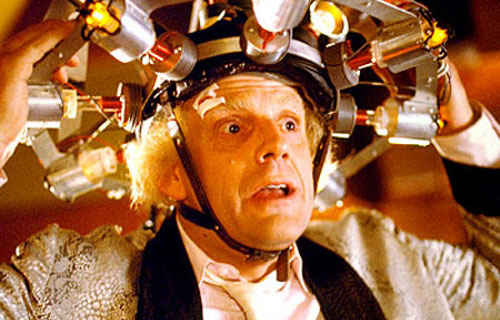
Often considered to be the fourth dimension of our universe (in other sectors, it may be referred to as the fifth), time cannot exist without its counterpart, space. Similarly, space can’t exist without time. They, in other words, go hand-in-hand with one another, for each principle is reliant on the other. This interdependency between time and space is known as the space-time continuum, and such a term means that anything which takes place in our universe must involve not only time, but space, too.

Time, really, doesn’t physically exist. After all, it’s just a construct; a system we, as humans, have developed and universally accepted. Physicists understand that time is relative; while we are constantly moving through time, depending on your reference point, some may be doing so more quickly than others. For example, when one traverses time zones in airplanes, he is, in a sense, moving forward (or backwards!) through time much quicker than someone who remains in their time zone. Or, as another example, someone dwelling in outer space would see that time flows marginally slower than it does on Earth. This, of course, is all due to relativity, a theory proposed by Albert Einstein.
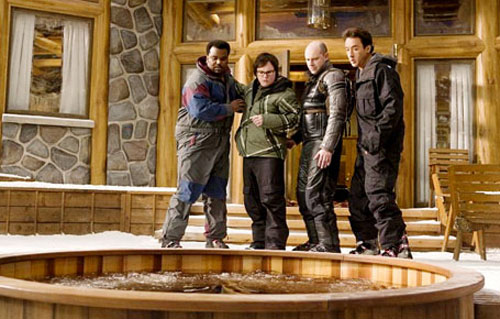
Einstein, however, took the theory further, devising a notion which came to be known as special relativity, which says, simply, that time slows as an entity nears the speed of light. So, by this logic, by moving faster than the speed of light, we could not only travel to the future, but also the past. Alas, such a speed, with current means, is near impossible to reach. Yes, traveling backwards would be a challenge, but some still think that moving forwards in time may not entirely be out of the realm of possibility.
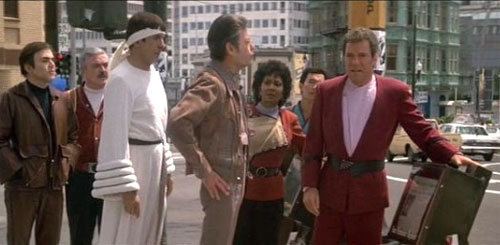
But other problems still persist. Namely, how, exactly, can we accelerate time, given current technology? The answer, actually, might not rest on our Earth, but, rather in space, through use of black holes. It’s widely known that black holes are able to bend the rules of time — they’re just a bit dangerous and have the tendency to condense any nearby matter in towards a singular, infinite point — a point of singularity. Such devastating black holes are called Schwarzschild black holes, after the German astronomer. However, another black hole, the Kerr hole, is a bit less ominous, for, unlike its relatively stationary cousin, these black holes rotate, and can be created by spinning a ring of neutrons once the hole is forming, thereby generating enough centrifugal force to prevent a singularity by forming. And, without singularity, it may just be safe to enter these white holes (since they would use negative energy to push matter away, instead of pulling it in) and use them to move to parallel universes — that is, the past or the future.
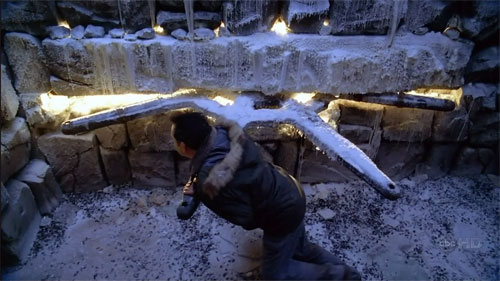
Wormholes, tunnel-like structures, could, theoretically, also be manipulated for time travel use, but their existence is suspect. Wormholes can be hard to think about, so let’s consider an example. If you were to hold a towel in the air and place a tennis ball somewhere on it, the towel would curve around it. We can think of the curved towel as the curving of the space-time continuum that any mass will cause. Let’s now consider another towel held above the tennis ball, creating small amount of space between them. Again, if we placed a body on this second towel, it would curve right around it, and, if the object has enough mass, will touch the first ball, and this point of contact is called a wormhole. Let’s now relate this to the real world. If, in space, masses exerting pressure on different parts of the universe met to form a tunnel, we would witness a real wormhole, and it is through these holes that we could travel from our Earth to another galaxy.

Finally, we can look at cosmic strings, which, yet again, demonstrate themselves as feasible methods by which we can travel back and forth through time. Though just under width of one atom, cosmic strings are able to produce a significant gradational pull, and bodies attached to them would be allowed to travel at extremely quick speeds. Whether used together or in conjunction with a black hole, cosmic strings bend space-time just enough to render time travel possible, and such an idea is beyond exciting.
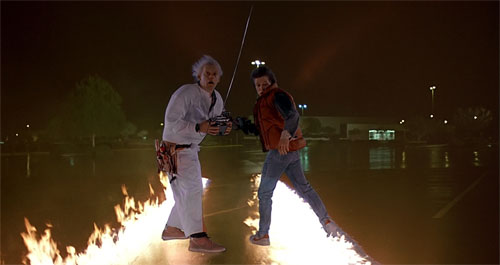
So, impossible or not, time travel — and the science behind it — is wonderfully thrilling, even if, in reality, it may not turn out quite the way it is imagined in fiction.
But, of course, one can always hope…







Hey, if John Titor could do it, anyone can.
Hi!
Great article, just wondering if you could list the names of all of the films whos still pics you’ve included in the article.
Would like to watch the ones I haven’t already seen.
Thanks
/Al